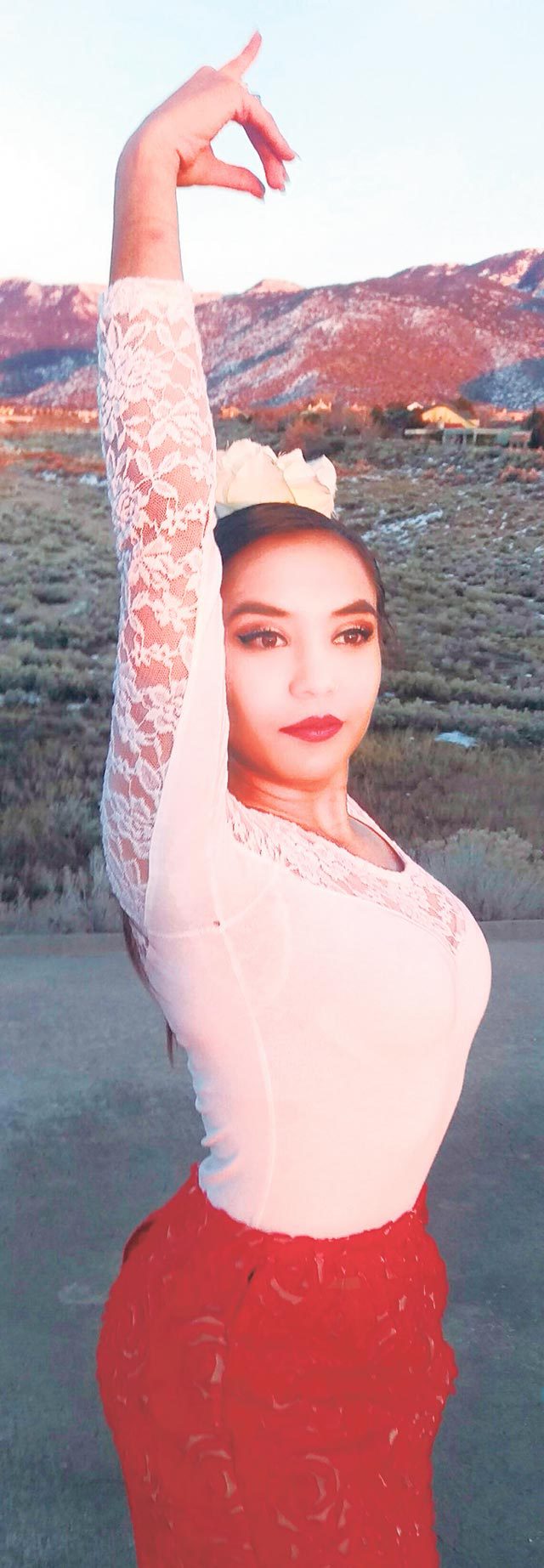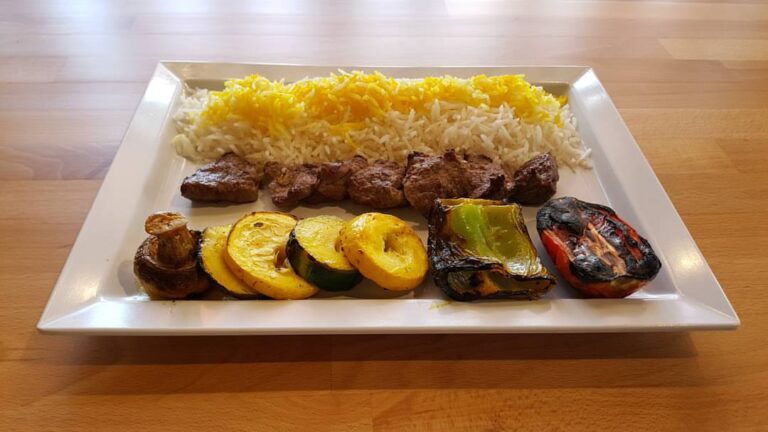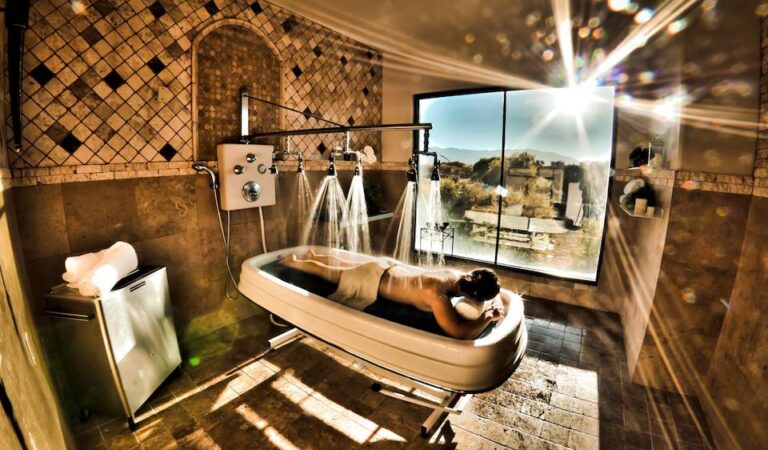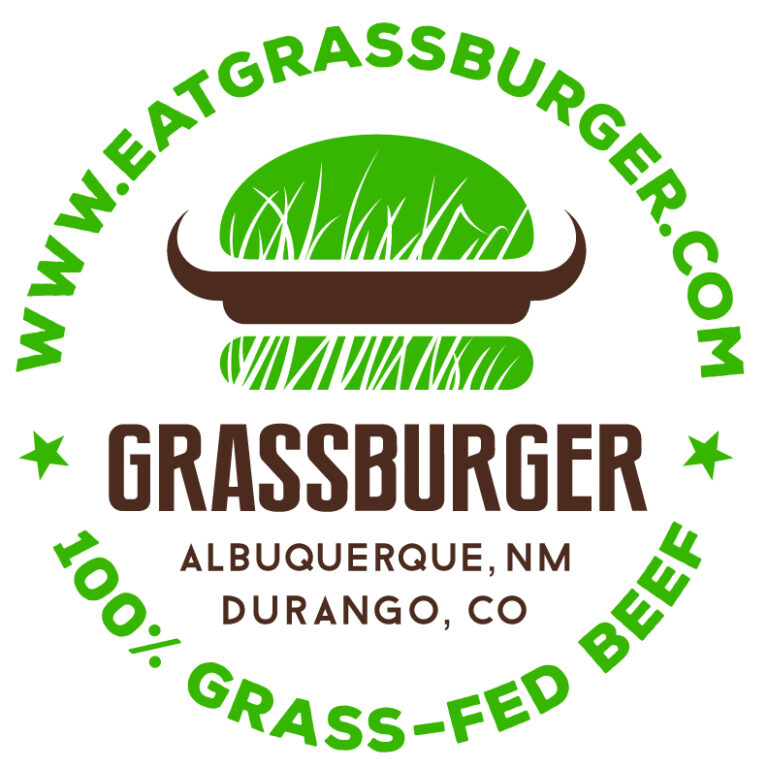Latest Article|September 3, 2020|Free
::Making Grown Men Cry Since 1992
Alibi
\
5 min read
How did the CABQ Public Art Program get started? The City of Albuquerque’s Public Art Program originated in 1978 (We’ll turn 40 in November this year!) when the Art in Municipal Places Ordinance was passed. This ordinance adds 1% to city design and construction funds derived from voter-approved general obligation bonds, and dedicates that 1% to commissioning and purchasing public art. The purpose of the ordinance and the Public Art Program is to promote the arts, both as a way to build upon the beauty of our city and to create jobs for artists.Why did the city establish this program? Albuquerque and all of New Mexico have long been home to creatives of all kinds. It only makes sense that we use that creative capital to improve the look, feel and story of our city. We also bring in artists from other places to create artworks that add diversity and interest to our streets, parks, buildings and more. We believe that adding art to public spaces improves the quality of life for those who live here, and encourages visitors to explore our city and all it has to offer.What is your program’s greatest asset? It’s hard to choose just one! Our local creative economy certainly has to be at the top of the list. We couldn’t do what we do without the support and appreciation of the people of Albuquerque. Also, we have a professional staff that is passionate about bringing quality art to the public, and our dedicated volunteer Arts Board who helps us identify projects, choose artwork for our collection, and promote the arts in general.What significant changes have you implemented recently? We are proud of our recent public-private partnerships. For decades, the Public Art Program could only put artwork on or in facilities owned by the city or another government agency, but recently we made a change to the Art in Municipal Places Ordinance that allows us to fund certain types of public art on private property that is viewable from public places. This has led to the creation of some great, contemporary murals such as Mark Horst’s “Reach” on the HB Construction office in Nob Hill, and Jessica Angel’s “Fall of Ten Suns” on the Silver Street Market in Downtown. This change has not only afforded us more wall space, but new sources of funding, as property owners are required to contribute to artwork funds.What are your growth goals? As we reflect upon our accomplishments over the last 40 years, we look forward to implementing new plans and projects in the near future. Public art is always evolving, and we want to stay in step with current movements and approaches. Recently, we held a well-attended conference about murals and mural making. We intend to offer similar professional development and educational opportunities in the future. We also have plans to solicit community feedback with a series of outreach events.What makes your program different from other public art programs around the country? Our program has been around for a long time; in fact, we were the 15th city in the US to establish a public art program. One of the issues we have made a priority is conservation of our collection. While in many other programs, maintenance of artworks becomes the responsibility of the property upon which they are installed, our program sets aside funds so that we can maintain our own collection. Under the direction of our Collection Manager, we work with professional conservators, art installers and maintenance people to ensure the quality and condition of the works in our collection, and protect the public’s investment.What’s your favorite saying or quotation? “Public art represents an ongoing reaffirmation by the people of a city of who and what they are and what they value. The public art process is an important way for the people in a city to define their identity beyond constructing streets, buildings, and parks.”—Gordon Church, former Manager of the Albuquerque Public Art Program.If there is one thing about Albuquerque or New Mexico that you could change, what would it be? More art and more opportunities for artists! We want art to be accessible to everyone, and to continue to support our creative community. One of the ways this is happening right now is with the establishment of the Downtown Arts and Cultural District. This district is quickly becoming a home for arts of all kinds (visual, performative, culinary, etc.) in our city, and we can’t wait to see how it grows.What inspires you? We are inspired by the physical, social and cultural qualities of Albuquerque, the diversity of its people, and the history that brought us to where we are today.How do you measure your success? The great success of the Public Art Program is the Public Art Collection. From the Sandia Foothills to beyond the West Mesa, the Sunport to Balloon Fiesta Park, the fine works of art in our collection demonstrate and celebrate the beauty, creativity, diversity and vision of the people of Albuquerque.



